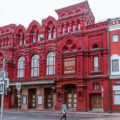- Фото: ArtNat © shutterstock.com
One hundred years ago — October 29, 1922, — the Theater of the Revolution presented its first performance Night based on the play by M. Martinet. Since then, it has changed many names and become one of the oldest and most famous theaters in Moscow and Russia — the Mayakovsky Theater. This anniversary is an excellent opportunity to refresh the history of the theatre carved with dozens of names of famous actors, directors, and artistic directors.
Meyerhold
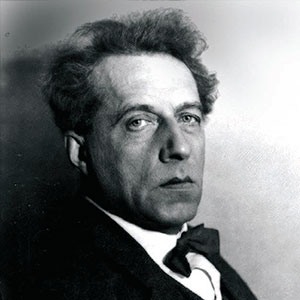
The origin of the modern Mayakovsky Theater dates back to 1922 when the newly formed theater moved into the building on Bolshaya Nikitskaya Street. The acting company of one of the first Soviet drama theaters gathered together artists from several theatrical troupes disbanded at that time who were to be united by their artistic director Vsevolod Meyerhold. As an already well-known director by that time, he proclaimed the culture of the body at the theater and introduced new disciplines for actors — stage movement and biomechanics. During the performances, the artists had to climb multistory structures and machines. Meyerhold’s stage productions marked the beginning of constructivism that made art somewhat similar to manufacturing sites, focusing mainly on a practical function of art, both in the design of the performance and in acting. The most famous productions of that period were A Profitable Position and Lake Lule. In 1924, Meyerhold left the theatre, with no one to replace him as an artistic director. So, the new productions were staged by Meyerhold’s students.
Popov
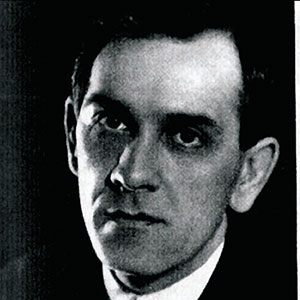
In 1930, Aleksey Popov was appointed artistic director of the Mayakovsky Theater to lead the ambitious company of talented actors. He managed to win both the audience and the actors with his attention to detail and theatrical approach. Aleksey Popov introduced a new type of actor, an actor who thinks, who is excited to create just thinking about it. When preparing its first production, Pogodin’s Poem on the Ax, the company even traveled to Zlatoust, the town the play is set in, for inspiration and texture. One of Popov’s most impressive works was Shakespeare’s Romeo and Juliet. In 1935, he left the theater and became the artistic director of the Central Theater of the Red Army.
Okhlopkov
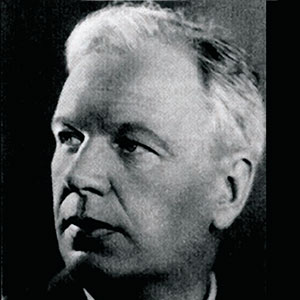
After Popov’s departure, a period of turmoil set in again: a constant change of leadership, evacuation to Tashkent, reorganization, and renaming. In 1943, Nikolay Okhlopkov, a student of Meyerhold, came to the theater and worked here until his death in 1967. It is generally accepted that it was with his artistic leadership that the theater began a period of revival and gained its own style. Okhlopkov’s main focus was innovation. On his initiative, a reservoir was erected on the stage for the play The Boat Girl where the actress sailed in a boat. Or a real excavator involved in the play Irkutsk History. Shakespeare’s Hamlet was considered the pinnacle of the legendary director’s work. Such performances of that time as Young Guard, Mother, Thunderstorm, Bedbug, Aristocrats, and Mother Courage also enjoyed critical acclaim.
In 1954, the theater received the name of famous Soviet poet, playwright, director, and artist Vladimir Mayakovsky. From that time on, it was the Mayakovsky Theater.
Goncharov
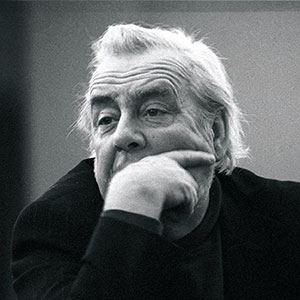
After the death of Okhlopkov, Andrey Goncharov became the artistic director of the theater. He worked in the theater for more than 30 years, and this time is rightfully considered the greatest in its history. Andrey Goncharov was a brilliant but very demanding director. He could raise his voice, offend the artists, make them cry — he would cut them no slack until he got what he wanted. His masterpiece, A Streetcar Named Desire, a total success for 24 years, was rehearsed for an unimaginably long time before the premiere — two years. He gathered together a stellar company and created an outstanding repertoire. Under the direction of Goncharov, the performances of Man of La Mancha, The Run, Cat on a Hot Tin Roof, Conversations with Socrates, The Seagull, and others were always sold out.
Artsibashev
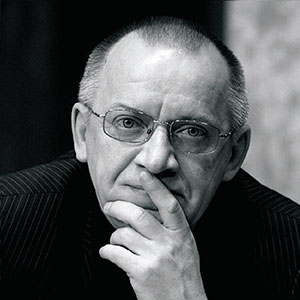
In 2002, Sergei Artsibashev was made the new artistic director of the Mayakovsky Theater. It was he who staged both volumes of Gogol’s Dead Souls for the first time. Also, for the first time in the history of the theater, the artistic director both staged the performance and played the main role in it — that is, Pavel Chichikov of Dead Souls. Artsibashev’s most famous productions are Marriage, The Karamazovs, and, of course, Dead Souls.
Karbauskis
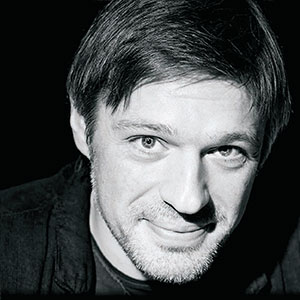
From 2011 to 2022, the theater was directed by Mindaugas Karbauskis. He is said to be a subtle and intelligent director. The arrival of a new artistic director was marked by the powerful success of the play Talents and Admirers. Karbauskis staged a number of works based on the plays of his compatriot Marius Ivaškevičius — Kant, Russian Novel, and Exile. One of the last premieres of Karbauskis at the Mayakovsky Theater was the play Family Album based on the anti-fascist play by Thomas Bernhard about a former deputy commandant of a concentration camp.
Peregudov
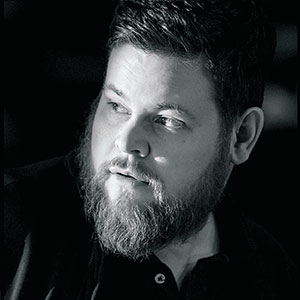
The theater celebrates its centennial anniversary with a new artistic director Yegor Peregudov. On October 29, the birthday of the Mayakovsky Theater, he presented his first premiere — the play Stories in which the leading folk and honored artists of the theater shared their favorite texts from Russian classics.

